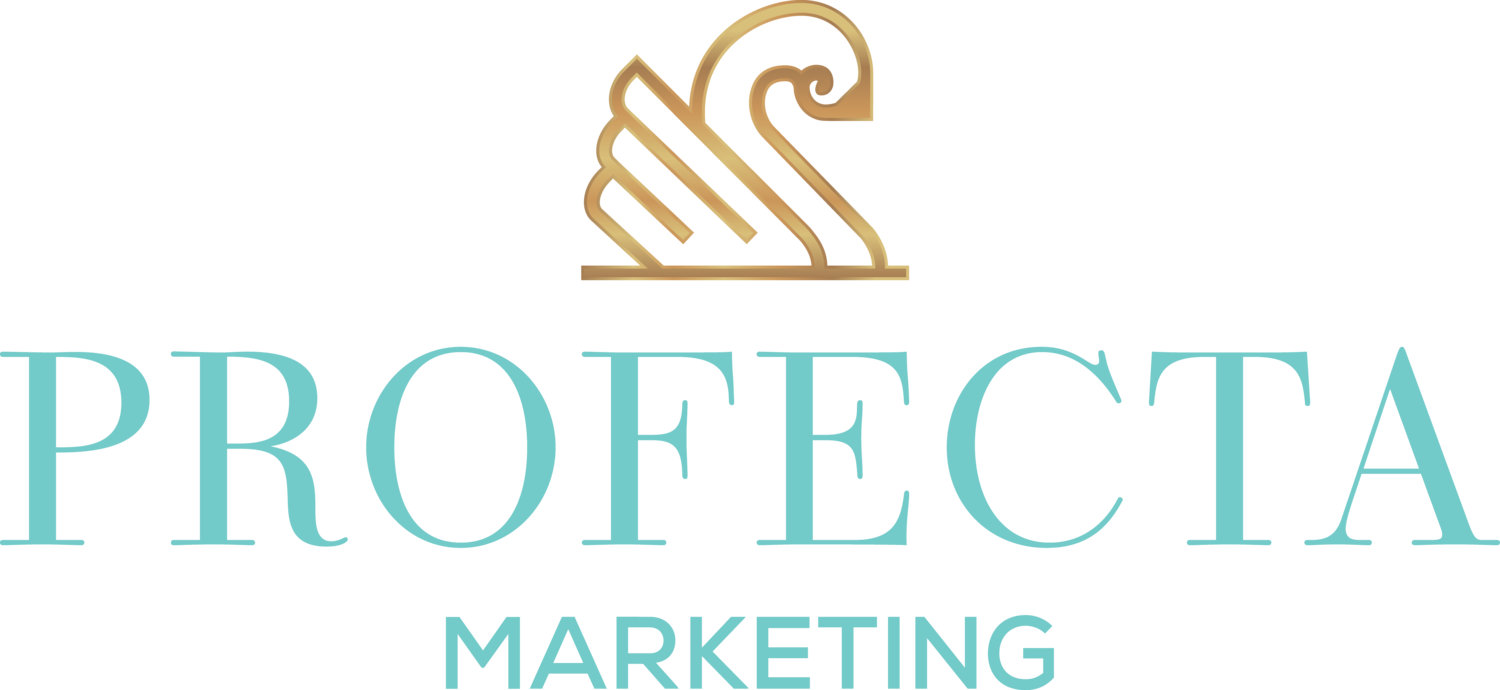In the fast-paced world of digital marketing, Search Engine Optimization (SEO) stands as a foundational pillar for online success. Whether your business is just starting out or looking to grow and expand, understanding SEO and some best practices when it comes to optimizing your SEO strategy can help boost traffic and improve your ranking on Google’s results pages. While adapting your strategy may seem like a daunting task, in reality, small changes to your site can make a lasting and strong impact. As search engines continue to evolve, maintaining current knowledge of the latest SEO best practices becomes imperative for businesses striving to enhance their online visibility and attract organic traffic. Our goal is to help you better understand SEO strategies and the best practices you can use to support your business’ goals.
Include unique titles and meta descriptions to stand out from similar content online.
In general, avoid duplicates of content that already exists on the internet in order to make your content more likely to appear on Google’s results page. This rule against duplication applies not only to your titling, but also to your title tags, meta description tags, alt text and landing pages.
Start your title tag with your page’s primary keyword.
Google notes the order of the words you choose in your title tag. Strategically placing your main keyword at the start of your title tag basically says to Google, “Hey! This word is important!” and makes it more likely that your page will rank on Google’s results page for that specific topic.
Avoid keyword stuffing with one keyword in your title.
In this case, less is more. Known as keyword stuffing, putting too many keywords in your title makes differentiating between your page’s primary topic difficult for Google, thus lowering your ranking on Google’s results pages. Choosing a highly relevant and quality keyword will better your chances at a higher ranking.
Align your content with what your audience is searching for.
If your audience is searching for chicken soup recipes but your content is geared towards selling chicken soup, then you need to adjust your content to reflect your audience’s needs in order to rank on page one of Google’s results page. This can be done by understanding if your content is informational, navigational, commercial or transactional.
Include image alt text to describe the images on your page.
Describing the images on your site using alt text communicates to engine crawlers exactly what the image is and gives context to how they relate to your content. Written in HTML code, alt text is best used when kept under 125 characters and includes relevant keywords.
Improve your site’s loading speed.
Studies show that most people on the internet expect a site to load in three seconds or less, and are more likely to leave the site in search of a new one if the load time exceeds that. Optimize your page’s loading speed through a site audit to identify what might be slowing your loading speeds down, such as large images or overly complex website code.

